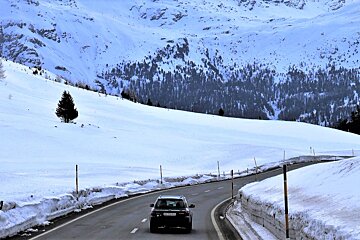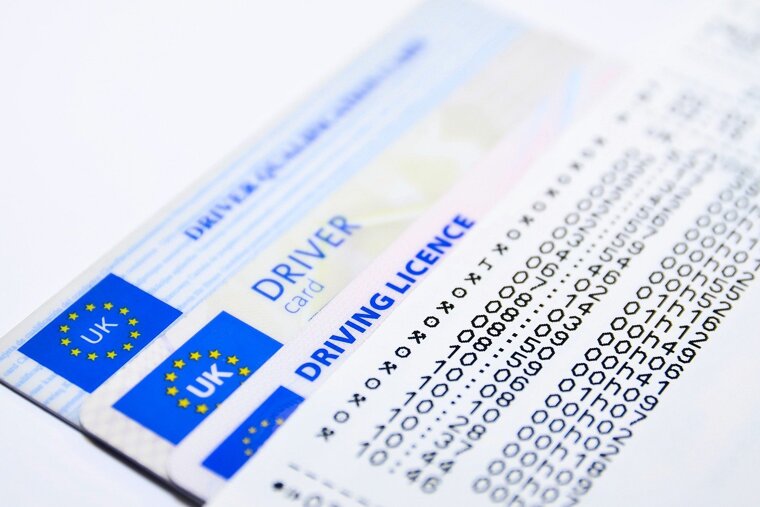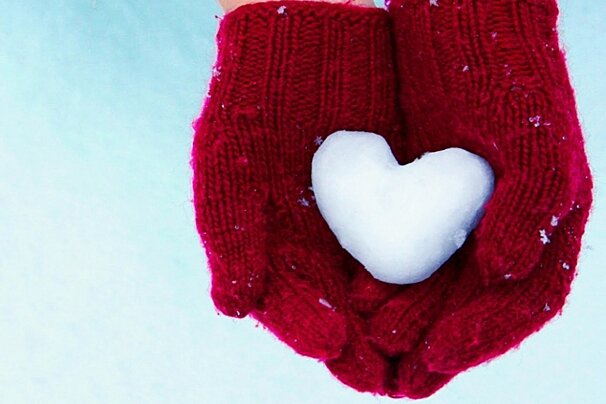These are the general rules for driving in France. For more information, check the French Ministry of Foreign Affairs' web page on driving in France.
- Drive on the right: Same in Switzerland and everywhere else in mainland Europe.
- Right of way: French drivers give way to the right. On roads in built-up areas and when approaching roundabouts, you also generally give way to traffic coming from the right. Signs saying 'Vous n’avez pas la priorité' or 'Cédez le passage' mean that traffic on the roundabout has priority.
- Documents: You need to have your driving licence, your vehicle registration document (for example 'V5C' or 'carte grise') and insurance documents with you in the car at all times.
- Mobile phones: You'll need a hands-free car kit to use your mobile phone while driving in France. Earphones and headphones are prohibited.
- Horn: you're not allowed to use your horn in residential areas unless you're in immediate danger.
Speed limits in France
| Speed limits on French roads |
| Road |
Maximum speed |
Speed in poor weather |
| Motorways |
130km/h |
110km/h |
| Urban motorways and dual carriageway roads separated by a central reservation |
110km/h |
100km/h |
| Built-up areas |
50km/h |
20km/h or 30km/h |
| Single-carriageways |
90km/h |
|
If there's thick fog (visibility of less than 50m) the speed limit is 50km/h.
Drink driving
The French drink driving laws are strict.
You'll be over the limit if your blood alcohol level is higher than 0.8mg/ml. In some cases, that's less than a pint of beer.
If you've been driving for less than 4 years, you should avoid drinking alcohol at all if you're planning to drive. The permitted blood alcohol limit in the first 3 years after you pass your test is just 0.2mg/ml.
If you're caught, you could be fined or lose your licence. In extreme cases, you could go to prison.
Speeding
You'll normally have to pay an on-the-spot fine if you're caught speeding by the French police. Expect to be escorted to the nearest cash point (complete with flashing lights in our experience!) if you don't have the cash on you.
You should be given a receipt to prove you've paid.
If you're caught exceeding the speed limit by more than 50km/h, you risk having your licence confiscated and your car impounded on the spot.
You're not allowed to use radar detectors in France.
Seat belts
It's compulsory in France for all passengers to wear seatbelts.
Children under the age of 10 must travel in the back of the vehicle unless:
- there are no rear seats
- all the other passenger seats are occupied by children under the age of 10
- there are no seat belts fitted in the rear of the vehicle
If a child is travelling in the front, make sure they're strapped into an EU-approved child seat or restraint appropriate to their size.





































